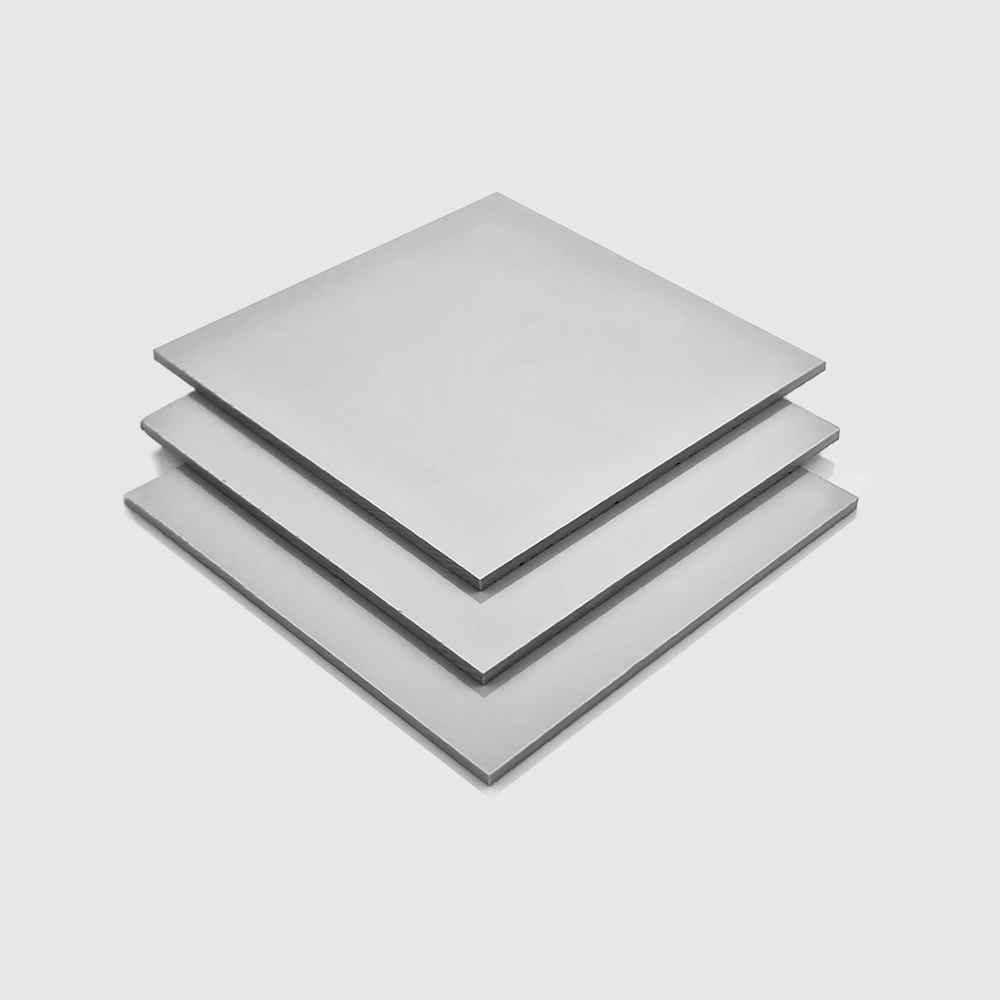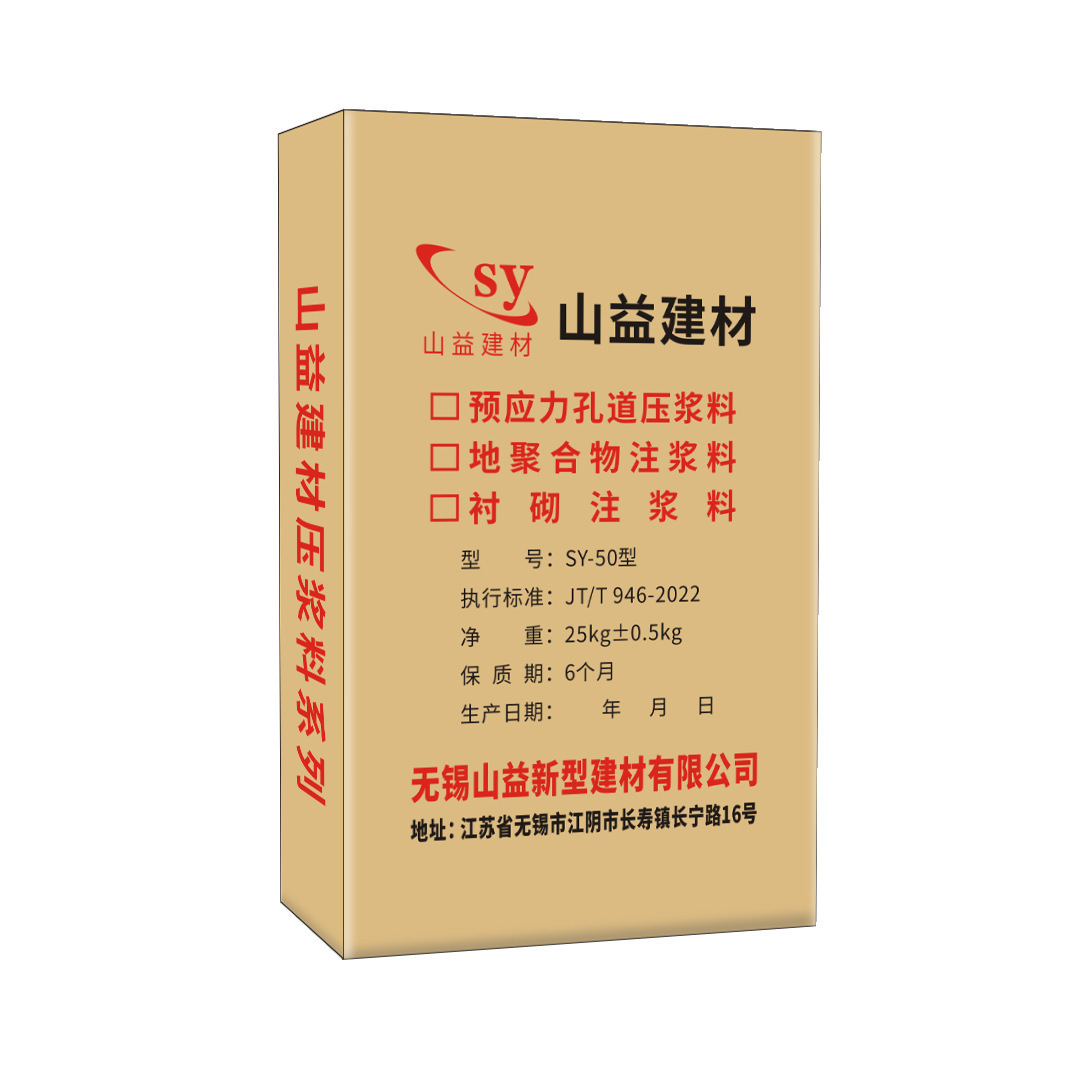PVC cladding is a popular choice for both residential and commercial buildings due to its durability, versatility, and aesthetic appeal. However, one crucial aspect that often concerns potential users is its heat resistance. In this blog post, we will delve into the topic of PVC cladding's heat resistance, exploring its properties, applications, and limitations. By the end, you will have a comprehensive understanding of how PVC cladding performs under high temperatures.
- Understanding PVC Cladding:
PVC cladding, also known as vinyl cladding, is a type of exterior wall covering made from polyvinyl chloride (PVC) resin. It is designed to protect the underlying structure from weather elements, enhance insulation, and improve the building's appearance. PVC cladding comes in various colors, textures, and profiles, making it a versatile choice for different architectural styles. - Heat Resistance Properties:
PVC cladding exhibits excellent heat resistance properties, making it suitable for various applications. The material has a high melting point, typically ranging from 160°C to 180°C (320°F to 356°F), which allows it to withstand moderate to high temperatures without deforming or melting. This characteristic makes PVC cladding ideal for regions with hot climates or buildings exposed to direct sunlight. - Applications of PVC Cladding in Heat-Prone Areas:
Due to its heat resistance, PVC cladding finds extensive use in areas where temperature fluctuations are common. Some notable applications include:
- Façade Cladding: PVC cladding provides an attractive and durable solution for building exteriors, protecting them from heat, UV radiation, and moisture.
- Roofing: PVC cladding can be used as a roofing material, offering excellent thermal insulation and resistance to heat-related damage.
- Sunrooms and Conservatories: PVC cladding is often used in sunrooms and conservatories to create a comfortable indoor environment while withstanding the heat generated by direct sunlight.
- Limitations and Considerations:
While PVC cladding is heat resistant, it is essential to consider its limitations and take appropriate precautions:
- Temperature Range: PVC cladding performs best within its specified temperature range. Prolonged exposure to extremely high temperatures, such as open flames or intense heat sources, may cause deformation or discoloration.
- Expansion and Contraction: Like any material, PVC cladding expands and contracts with temperature changes. Proper installation techniques, including allowing for expansion gaps, are crucial to prevent warping or buckling.
Conclusion:
PVC cladding offers excellent heat resistance properties, making it a reliable choice for various applications in heat-prone areas. Its high melting point, durability, and versatility make it an ideal option for protecting buildings from extreme temperatures. However, it is essential to consider the material's limitations and follow proper installation practices to ensure optimal performance.


